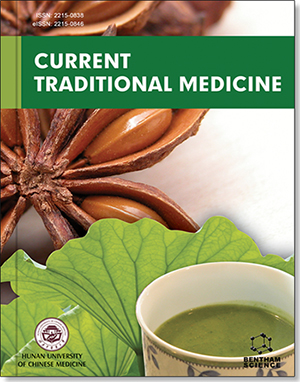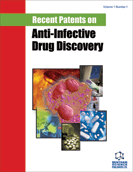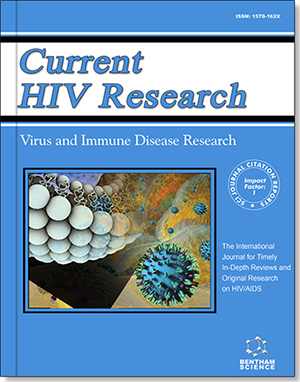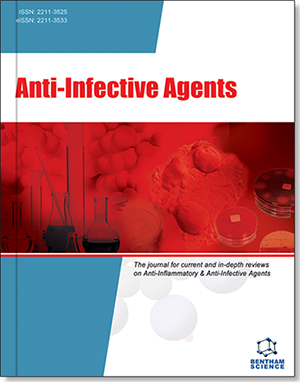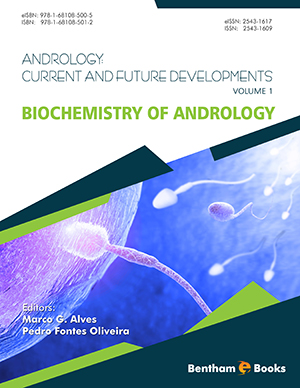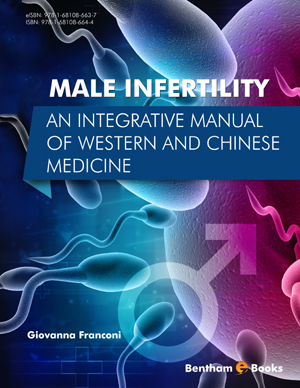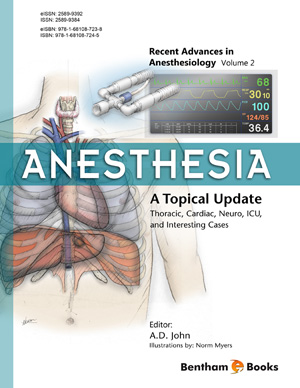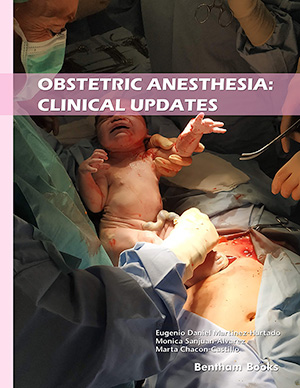Abstract
All isolates of Bacillus anthracis have been found to be genetically homogeneous and are considered to have arisen from a common clone derived from B. cereus. Major virulence factors are the protective antigen (PA), the edema toxin (ET), the lethal toxin (LT) and the poly-D-glutamic capsule. The plasmid pXO1 carries the noncontiguous toxin genes pagA, cya, and lef that encode the PA, ET, and LT proteins respectively. The capsule is produced at 37 °C but not at temperatures below 28 °C and only under condition of elevated CO2. The plasmid pXO2 encodes the contiguous genes capBCA for capsule synthesis in addition to acpA which is a capsule gene activator. The gene acpA carried by the pXO2 plasmid encodes a positive trans-acting protein involved in the bicarbonate-mediated regulation of capsule synthesis. Molecular techniques used to distinguish isolates of B. anthracis include variable number tandem repeat (VNTR) loci, single nucleotide repeat (SNR) analysis, amplified fragment length polymorphism analysis (AFLP), random amplified polymorphic DNA (RAPD) analysis, multilocus sequence typing (MLST), and long-range repetitive element-PCR (LR REP-PCR), in addition to whole genome typing. Molecular techniques used for detection of B. anthracis include conventional PCR and real-time PCR and those used for detection and characterization include DNA microarrays and pulsed-field gel electrophoresis (PFGE).
Keywords: Genetic diversity; molecular typing; phenotypic characteristics; plasmid pXO1; Chinese isolates; plasmid pXO2; capsule genes; poly-D-glutamic acid; PCR primers; protective antigen; lethal toxin; edema toxin; CO2 induced capsule; VNTR loci; SNRs; AFLP; RAPD, MLDT; LR REP-PCR, conventional & real-time PCR; forensic microbiology.


 Download PDF Flyer
Download PDF Flyer
